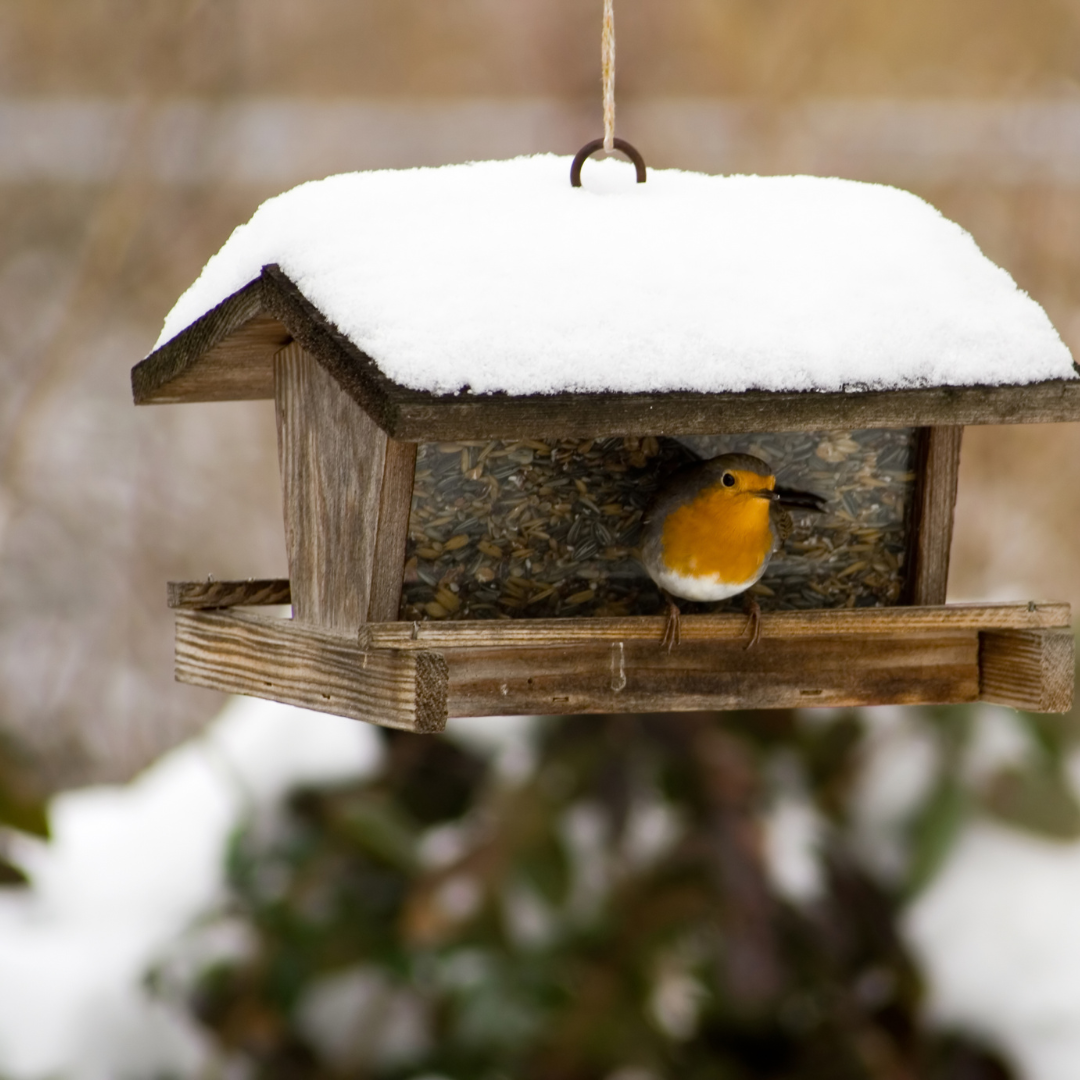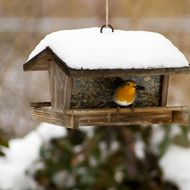How to feed and care for your garden birds in winter
Posted by Original on 5th Dec 2022

It’s not just the plants that need a little assistance as the temperature outside drops. The winter months can be really hard for the UK’s garden bird population, but with a little help from ourselves we can make their lives a lot easier.
What to feed them?
The RSPB recommends feeding your feathered friends with calorie-rich foods. These include:
Mixed seeds and grain such as sunflower, nyjer, millet and oats.
Peanuts – make sure they aren’t the salted variety. They must be fresh and in good condition so as not to contain any harmful toxins created by fungi.
Mealworms and waxworms, these are a particular favourite of robins and are a great source of protein for birds!
Fat and suet balls. Avoid any that are surrounded by netting as birds can easily get their feet and beaks trapped within the mesh. The best thing to do is transfer your fat balls into a suitable feeder.
Table scraps such as cooked pasta and rice, boiled potatoes and mild grated cheese.
Birds also love fruit, especially apples, pears and soft fruits.
Make sure to clean your feeders weekly and remove any soggy, old food from bird tables. Clean feeding areas can help minimise the risk of disease passing between birds.
Don’t forget water too
In freezing conditions birds become much more dependent on water provided in gardens due to many of their natural sources being frozen over. Provide a source of clean, fresh water for your garden birds to drink by filling a water bowl and placing it in a high spot away from bushes where predators might hide. Be sure to keep your water bowl full and give it a quick daily clean by rinsing it with water and wiping dry with a towel, this will keep your birds happy and healthy.
What should I do if my water bowl freezes?
The most effective way to stop your water bowl from freezing over is to pop a ping-pong ball into your water bowl. A gentle breeze will move the ball enough to keep a small amount of the water ice free. You can also pour some hot water over the ice to melt a section that the birds can access.
Provide a warm place to stay
Just like us your garden visitors would appreciate somewhere cosy and sheltered to stay safe and warm when the weather takes a turn for the worst. Here are a few simple tips and tricks to consider when buying and putting up your bird box:
Wild birds often choose a box that has been in place for a season or two. They like to familiarise themselves with the environment and site before moving in. Plan ahead and put out your box before the height of winter.
When it comes to bird boxes, natural is best. Brightly coloured bird houses can attract predators and products made out of metal, plastic or ceramics might not provide the warmest or watertight abodes. Stick to a traditional wooden bird box.
Make sure to position your bird box facing away from the daytime sun and in a sheltered spot from strong winds.
To ensure that your bird box attracts a visitor, make sure that the path to the entrance is clear and accessible so that your feathered friends can just fly right in.






